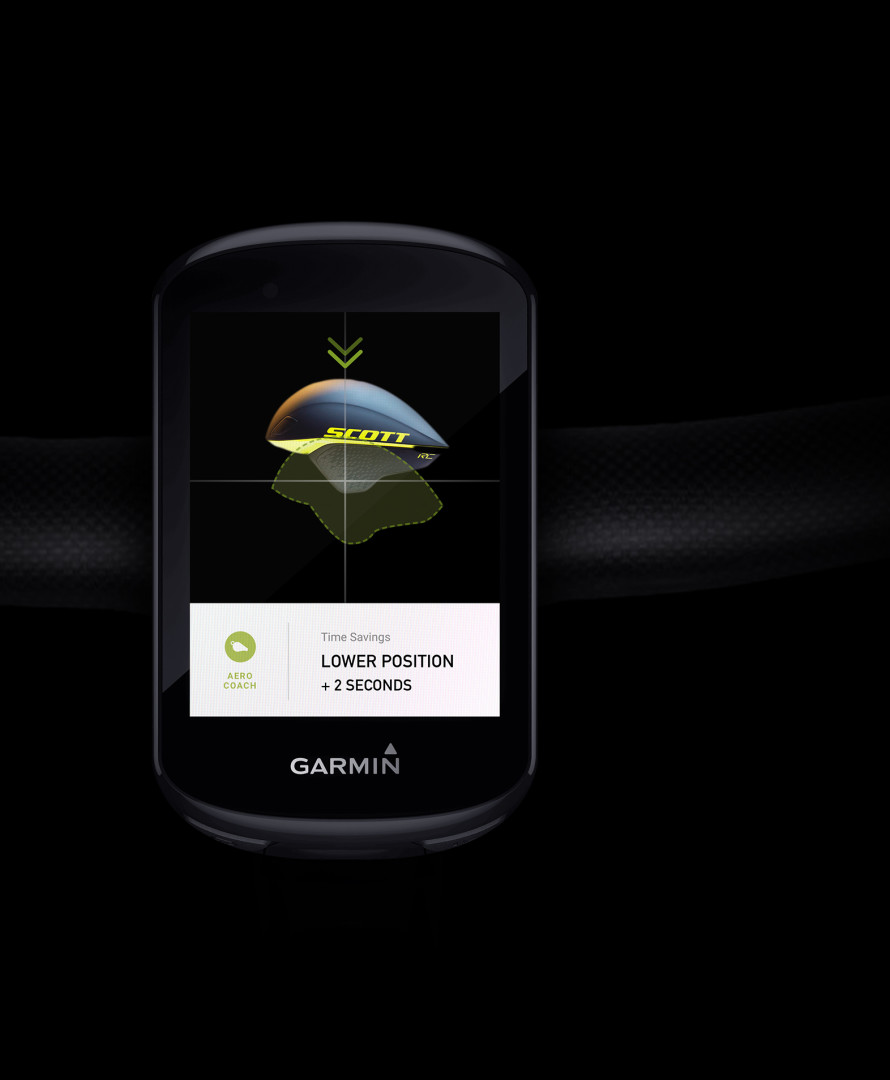Scott Sports.
Designing a cycling helmet for the world stage.
Details.
Over 18 months we designed and developed the Scott Split Cycling Helmet that launched in the 2019 Tour de France. Our physical design team tackled the challenge of making riders faster during time trial and triathlon races. Collaborating with Scott Sports and its aerodynamics partner, Huge created and tested hundreds of concepts and prototypes before launching the first human-centric aero helmet, which Annemiek van Vleuten rode to her 2019 victory in the Giro d’Italia.
A comfortable rider is a faster rider.
The helmet is the one piece of gear every rider wears that increases drag and decreases speed. Our data-infused research started in the wind-tunnel and revealed one paradox: these high-tech helmets didn’t work for anyone—unless they keep perfect form. To unlock time saving features we shifted our focus towards real-life rider behavior. We compressed the teardrop shaped helmet into a more forgiving form, riders could behave more naturally on the road with no aero penalty. New features like soft EVA ears, venturi ventilation, and an eyewear garage were also designed to keep riders cool, comfortable and fast.

Unlocking data intelligence on the road.
In order to optimize their cycling performance, pro-riders often train in a wind tunnel or similarly controlled environment with an aerodynamics expert and statistical dashboard. Huge wanted to help the average triathlon rider train like they had their own wind tunnel. The “Aero Coach” accessory was designed to communicate the effectiveness of your aerodynamic form on the road. We installed an IMU sensor in a helmet accessory and connected it to live stats like speed, power and CDAs, bringing predictive, real-life data to a rider’s training regime.
